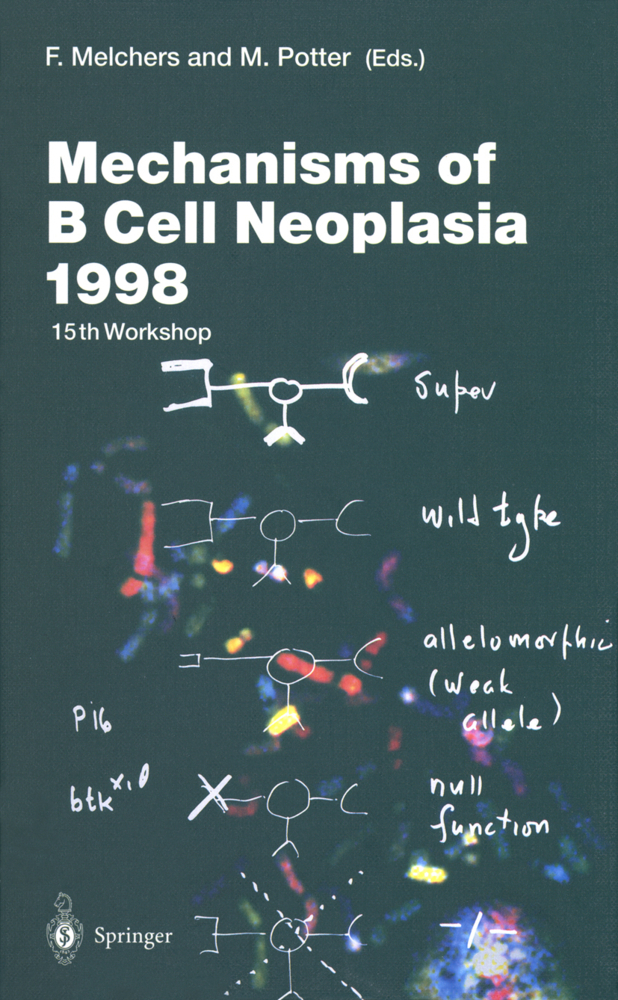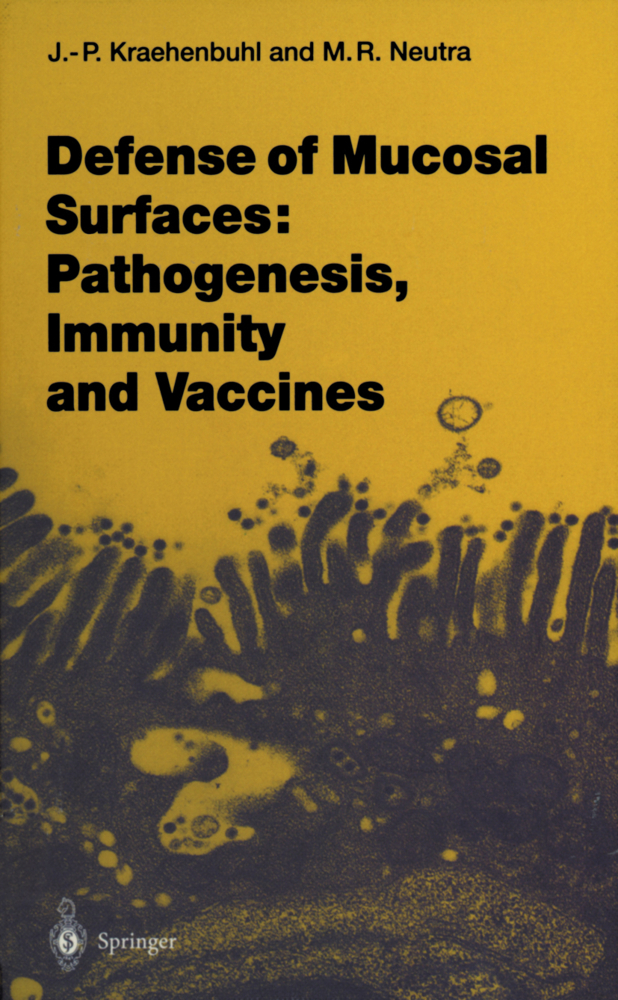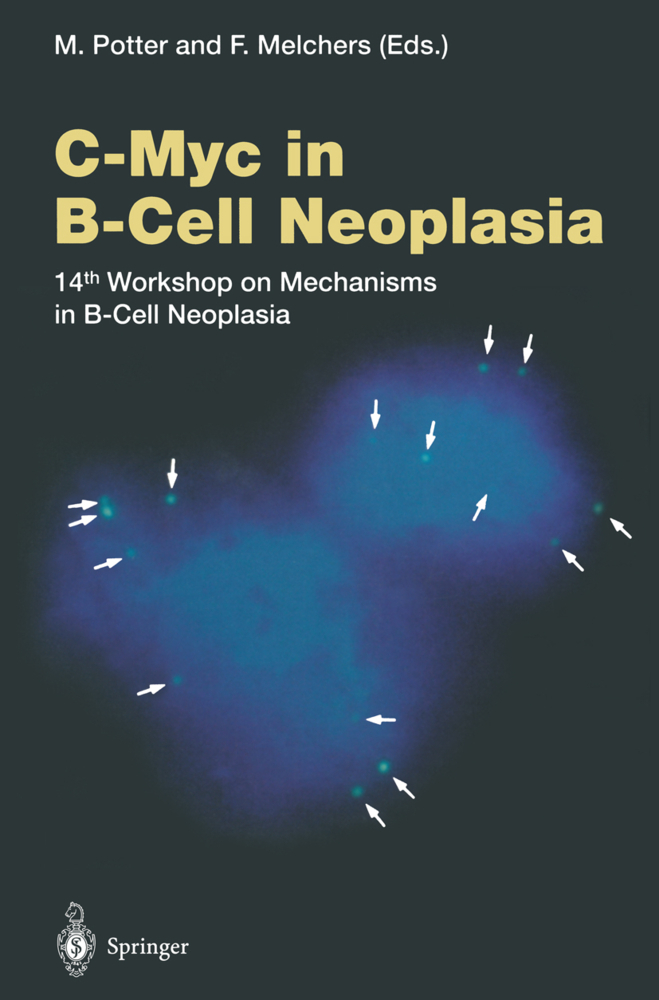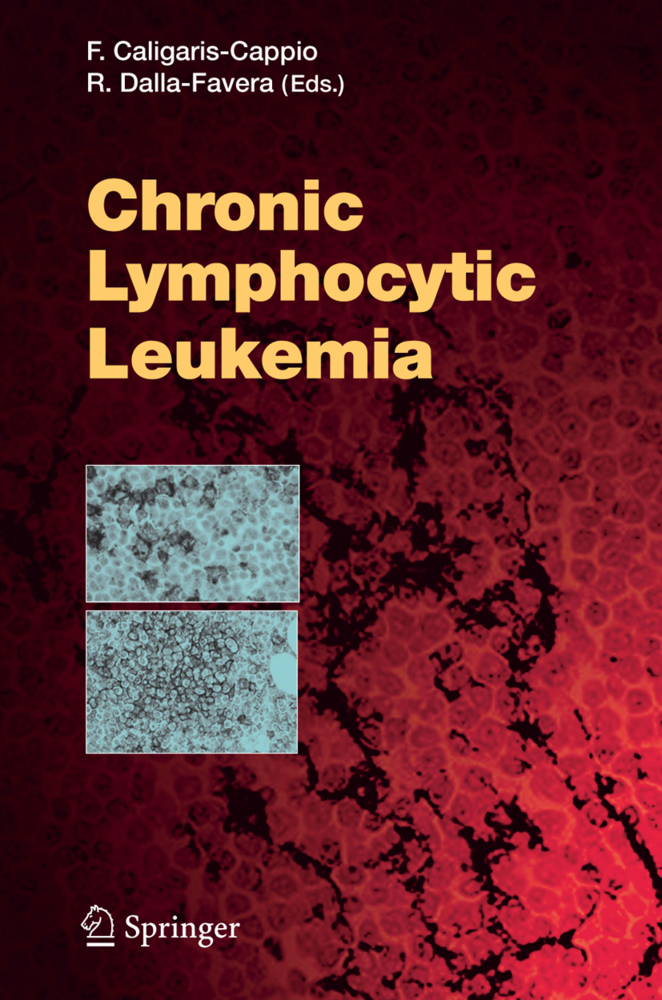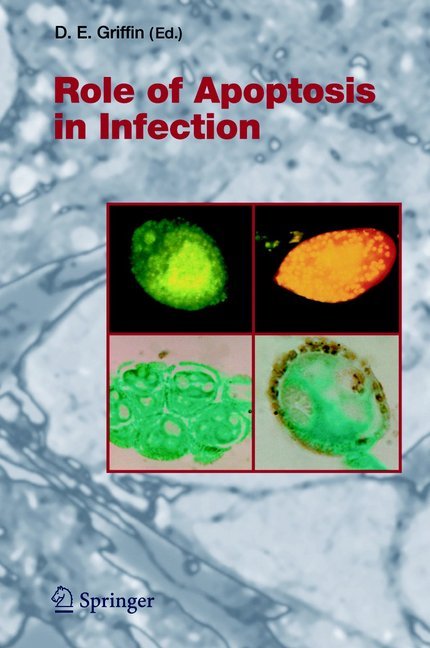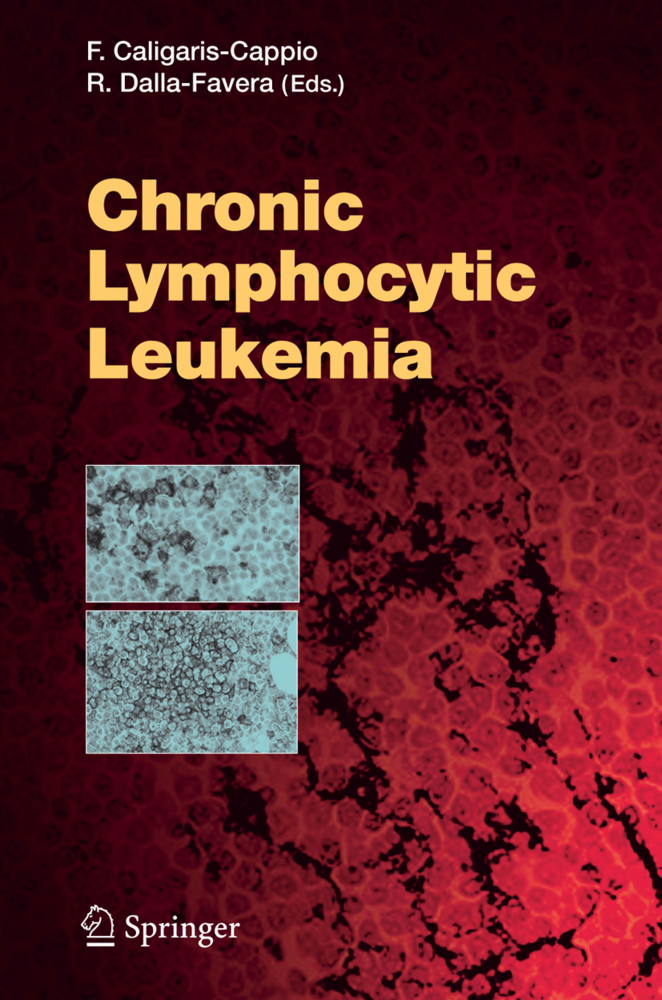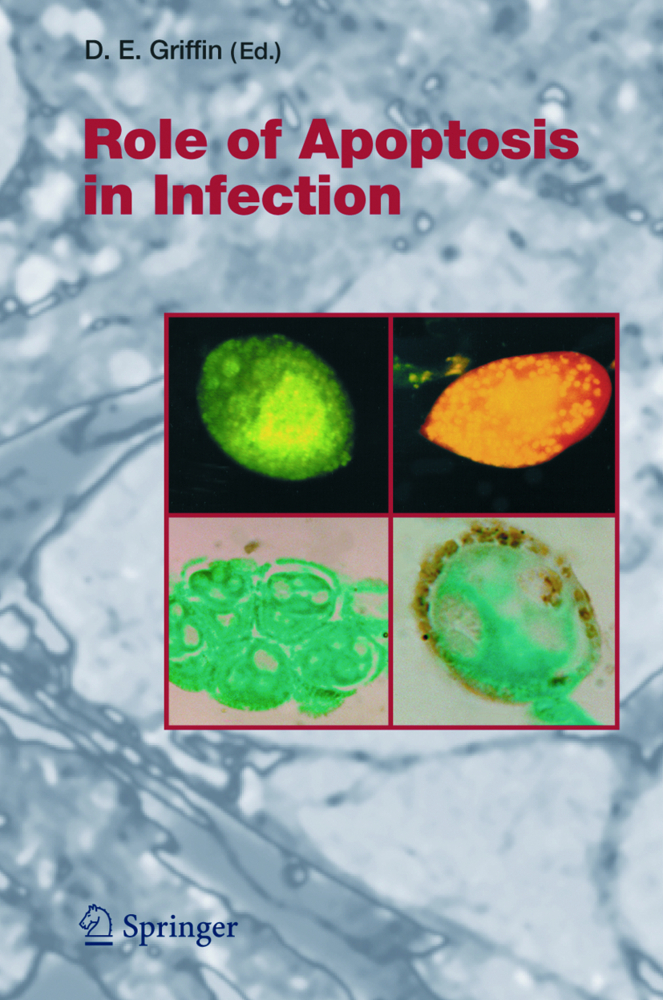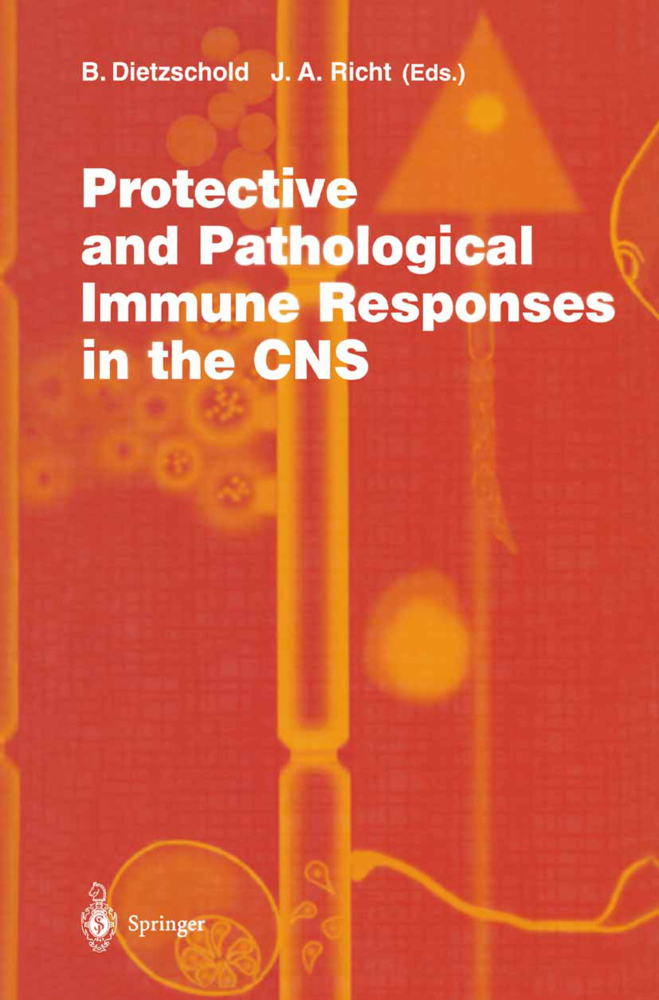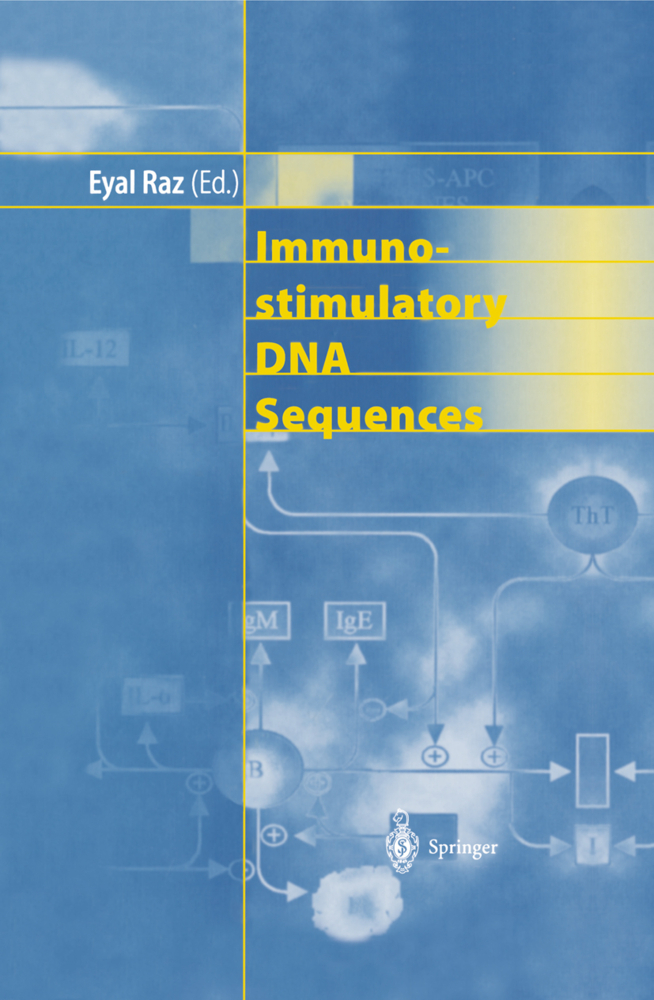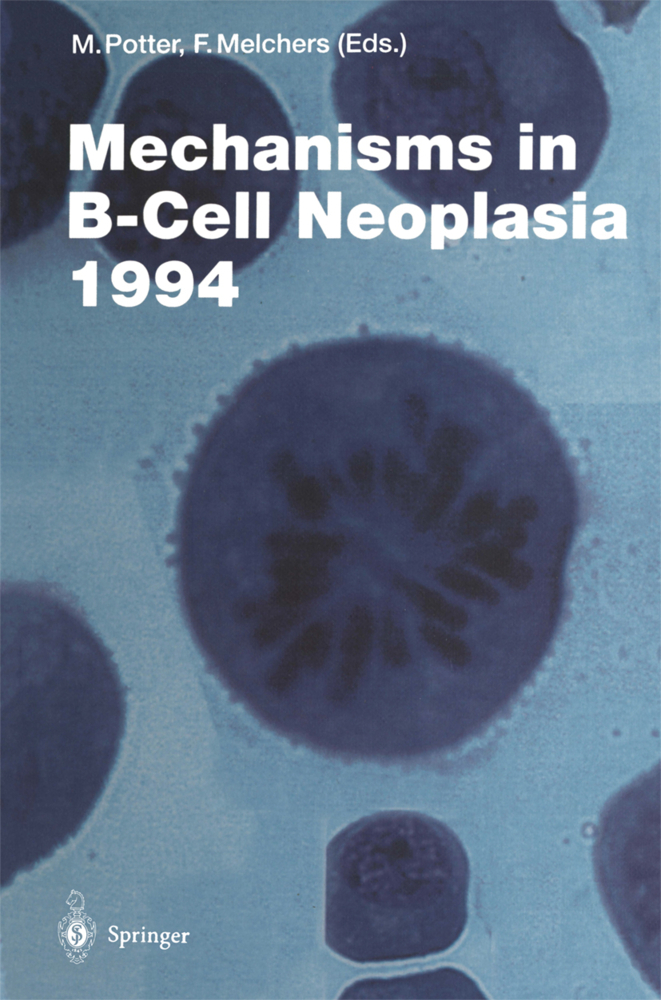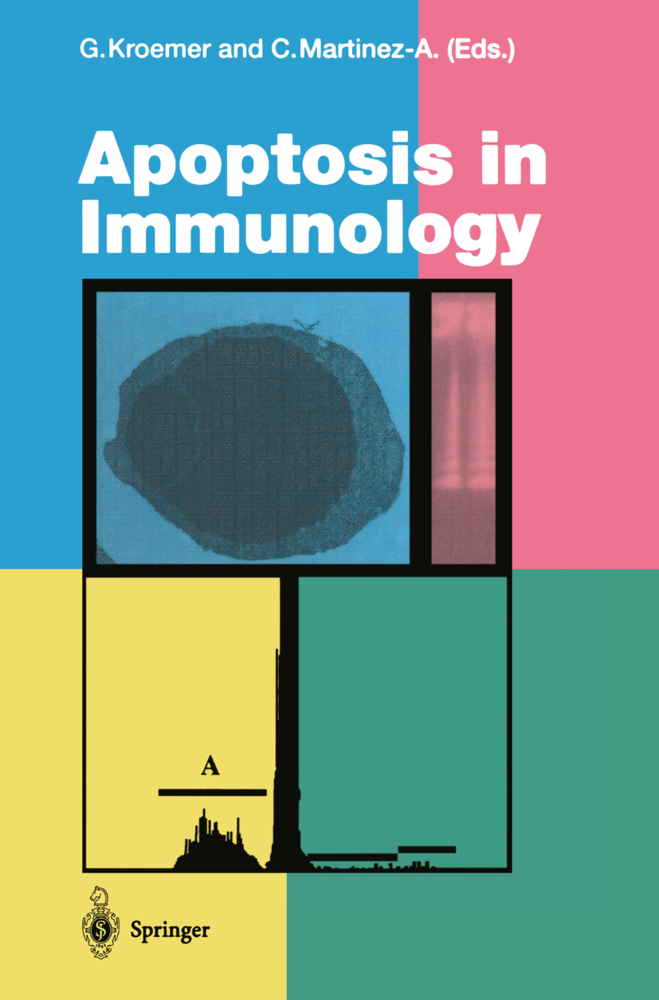Mechanisms of B Cell Neoplasia 1998
Proceedings of the Workshop held at the Basel Institute for Immunology 4th-6th October 1998
Mechanisms of B Cell Neoplasia 1998
Proceedings of the Workshop held at the Basel Institute for Immunology 4th-6th October 1998
Workshops on the mechanisms of B cell neoplasia have been organized alternatively in Bethesda and Basel since 1983. Prog ress in our understanding of the development and responses of B lymphocytes is presented and discussed with the aim and hope to understand what might go wrong when B lymphocytes are transformed into malignant cells. Such knowledge might lead to better diagnosis, prevention and even cure of these terri ble diseases. The presentations at the Bethesda workshops are published as papers in volumes of Current Topics in Microbiol ogy and Immunology, while the presentations and discussions in Basel were transcribed and published in Editions Roche. For the first time, a Basel workshop (held 4th-6th October 1998) that has been recorded and, in part, transcribed is being published as papers and discussions within Current Topics. This volume is the latest of a long series which documents the excitements of ground-breaking discoveries as well as the frustrations of our inability to fully understand the mechanisms leading to B cell neoplasia. The papers at the workshop are presented when possible in the sequence in which they were given. However, to facilitate the organization and reading of the book and to highlight gen eral topics and themes, the papers are organized into five sec tions: I B Cell and Plasma Cell Development II Chemokines and Chemokine Receptors III Chromosomal Translocations, DNA Rearrangements and Somatic Hypermutations IV Biology of Lymphomagenesis, B-CLL, Autoimmunity V Myeloma, Plasmacytomas and Related Subjects.
Fetal Liver Organ Cultures as a Tool to Study Selection Processes During B Cell Development
Negative Selection of Self-reactive B Lymphocytes Involves Complement
Cross-talk Between CD44 and c-Met in B Cells
The Transition from Immature to Mature B Cells
CD21high IgMhigh Splenic B Cells Enriched in the Marginal Zone: Distinct Phenotypes and Functions
Do Germinal Centers Have a Role in the Generation of Lymphomas?
Role of Complement Receptors CD21/CD35 in B Lymphocyte Activation and Survival
Long-lived Plasma Cells Survive Independent of Antigen
II Chemokines and Chemokine Receptors
Regulation of Expression of Chemokine Receptor BLR1/CXCR5 during B Cell Maturation
Chemokines and B cell Homing to Follicles
A Novel CC Chemokine ABCD-1, Produced by Dendritic Cells and Activated B Cells, Exclusively Attracts Activated T Lymphocytes
Human Macrophage-Derived Chemokine (MDC) is Strongly Expressed Following Activation of both Normal and Malignant Precursor and Mature B Cells
Susceptibility Genes for AIDS and AIDS-Related Lymphoma
Molecular Mechanisms of T Helper Cell Differentiation and Tissue-specific Migration
The Role of Chemokine Receptors in Directing Traffic of Naive, Type 1 and Type 2 T Cells
A Lymphoid Tissue-Specific Receptor, EDG6, with Potential Immune Modulatory Functions Mediated by Extracellular Lysophospholipids
III Chromosomal Translocations, DNA Rearrangements and Somatic Hypermutations
Phenotypic and Molecular Characterization of Human Peripheral Blood B-cell Subsets with Special Reference to N-Region Addition and J?-Usage in V?J?-Joints and ?/?-Ratios ixn Naive Versus Memory B-cell Subsets toIdentify Traces of Receptor Editing Processes
Tuning Somatic Hypermutation by Transcription
Immunoglobulin Gene Associated Chromosomal Translocations in B Cell Derived Tumors
Analysis of B-cell Neoplasias by Spectral Karyotyping (SKY)
Recurrent Non-reciprocal Translocations of Chromosome 5 in Primary T (12;15)-positive BALB/c Plasmacytomas
MYC-Induced Cyclin D2 Genomic Instability in Murine B Cell Neoplasms
The Role of Somatic Hypermutation in the Generation of Deletions and Duplications in Human Ig V Region Genes and Chromosomal Translocations
Chromosome 13 Deletion in Myeloma
Unusual Immunoglobulin and T-Cell Receptor Gene Rearrangement Patterns in Acute Lymphoblastic Leukemias
Analysis of Variable Heavy and Light Chain Genes in Follicular Lymphomas of Different Heavy Chain Isotype
Regulation of c-myc and Immunoglobulin K Gene Transcription by Promoter-proximal Pausing of RNA Polymerase II
IV Biology of Lymphomagenesis, B-CLL, Autoimmunity
Epidemiology of B-Cell Lymphomas
Alternative Splicing of CD79a (Ig?) and CD79b (Ig?) Transcripts in Human B-CLL Cells
Novel Aspects of Murine B Cell Lymphomas
Molecular Pathogenesis of B Cell Malignancy: The Role of BCL-6
ATM and Lymphoid Malignancies; Use of Oriented Peptide Libraries to Identify Novel Substrates of ATM Critical in Downstream Signaling Pathways
MHC-linked Control of Murine SLE
The Adaptor Protein SLP-65/BLNK Controls the Calcium Response in Activated B Cells
Involvement of the SHP-1 Tyrosine Phosphatase in Regulating B Lymphocyte Antigen Receptor Signaling, Proliferation and Transformation
Antigen Receptor Signaling Induces Differential Tyrosine Kinase Activation and Population Stability in B-Cell Lymphoma
Importance of CD44 Variant Isoforms in Mouse Models forInflammatory Bowel Disease
EBNA2 and c-myc in B Cell Immortalization by Epstein-Barr Virus and in the Pathogenesis of Burkitt's Lymphoma
V Myeloma, Plasmacytomas and Related Subjects
The Control of Proliferation, Survival and Apoptosis in Human Multiple Myeloma Cells in vitro
Activation Molecules on Human Myeloma Cells
Peritoneal B-l Cells Switch in vivo to IgA and these IgA Antibodies can bind to Bacteria of the Normal Intestinal Microflora
Inhibition of Pristane-Induced Peritoneal Plasmacytoma Formation
The Role of p16INK4a (Cdkn2a) in Mouse Plasma Cell Tumors
Transgenic Shuttle Vector Assays for Assessing Oxidative B-cell Mutagenesis in vivo
Plasmacytoma Induction in Specific Pathogen-Free (SPF) bcl-2 Transgenic BALB/c Mice
Induction of B Cell Autoimmunity by Pristane
Cytokine Network Imbalances in Plasmacytoma-Regressor Mice
The Role of Human Herpesvirus-8, (HHV-8), in Multiple Myeloma Pathogenesis.
I B Cell and Plasma Cell Development
The Formation and Selection of Cells Expressing PreB Cell Receptors and B Cell ReceptorsFetal Liver Organ Cultures as a Tool to Study Selection Processes During B Cell Development
Negative Selection of Self-reactive B Lymphocytes Involves Complement
Cross-talk Between CD44 and c-Met in B Cells
The Transition from Immature to Mature B Cells
CD21high IgMhigh Splenic B Cells Enriched in the Marginal Zone: Distinct Phenotypes and Functions
Do Germinal Centers Have a Role in the Generation of Lymphomas?
Role of Complement Receptors CD21/CD35 in B Lymphocyte Activation and Survival
Long-lived Plasma Cells Survive Independent of Antigen
II Chemokines and Chemokine Receptors
Regulation of Expression of Chemokine Receptor BLR1/CXCR5 during B Cell Maturation
Chemokines and B cell Homing to Follicles
A Novel CC Chemokine ABCD-1, Produced by Dendritic Cells and Activated B Cells, Exclusively Attracts Activated T Lymphocytes
Human Macrophage-Derived Chemokine (MDC) is Strongly Expressed Following Activation of both Normal and Malignant Precursor and Mature B Cells
Susceptibility Genes for AIDS and AIDS-Related Lymphoma
Molecular Mechanisms of T Helper Cell Differentiation and Tissue-specific Migration
The Role of Chemokine Receptors in Directing Traffic of Naive, Type 1 and Type 2 T Cells
A Lymphoid Tissue-Specific Receptor, EDG6, with Potential Immune Modulatory Functions Mediated by Extracellular Lysophospholipids
III Chromosomal Translocations, DNA Rearrangements and Somatic Hypermutations
Phenotypic and Molecular Characterization of Human Peripheral Blood B-cell Subsets with Special Reference to N-Region Addition and J?-Usage in V?J?-Joints and ?/?-Ratios ixn Naive Versus Memory B-cell Subsets toIdentify Traces of Receptor Editing Processes
Tuning Somatic Hypermutation by Transcription
Immunoglobulin Gene Associated Chromosomal Translocations in B Cell Derived Tumors
Analysis of B-cell Neoplasias by Spectral Karyotyping (SKY)
Recurrent Non-reciprocal Translocations of Chromosome 5 in Primary T (12;15)-positive BALB/c Plasmacytomas
MYC-Induced Cyclin D2 Genomic Instability in Murine B Cell Neoplasms
The Role of Somatic Hypermutation in the Generation of Deletions and Duplications in Human Ig V Region Genes and Chromosomal Translocations
Chromosome 13 Deletion in Myeloma
Unusual Immunoglobulin and T-Cell Receptor Gene Rearrangement Patterns in Acute Lymphoblastic Leukemias
Analysis of Variable Heavy and Light Chain Genes in Follicular Lymphomas of Different Heavy Chain Isotype
Regulation of c-myc and Immunoglobulin K Gene Transcription by Promoter-proximal Pausing of RNA Polymerase II
IV Biology of Lymphomagenesis, B-CLL, Autoimmunity
Epidemiology of B-Cell Lymphomas
Alternative Splicing of CD79a (Ig?) and CD79b (Ig?) Transcripts in Human B-CLL Cells
Novel Aspects of Murine B Cell Lymphomas
Molecular Pathogenesis of B Cell Malignancy: The Role of BCL-6
ATM and Lymphoid Malignancies; Use of Oriented Peptide Libraries to Identify Novel Substrates of ATM Critical in Downstream Signaling Pathways
MHC-linked Control of Murine SLE
The Adaptor Protein SLP-65/BLNK Controls the Calcium Response in Activated B Cells
Involvement of the SHP-1 Tyrosine Phosphatase in Regulating B Lymphocyte Antigen Receptor Signaling, Proliferation and Transformation
Antigen Receptor Signaling Induces Differential Tyrosine Kinase Activation and Population Stability in B-Cell Lymphoma
Importance of CD44 Variant Isoforms in Mouse Models forInflammatory Bowel Disease
EBNA2 and c-myc in B Cell Immortalization by Epstein-Barr Virus and in the Pathogenesis of Burkitt's Lymphoma
V Myeloma, Plasmacytomas and Related Subjects
The Control of Proliferation, Survival and Apoptosis in Human Multiple Myeloma Cells in vitro
Activation Molecules on Human Myeloma Cells
Peritoneal B-l Cells Switch in vivo to IgA and these IgA Antibodies can bind to Bacteria of the Normal Intestinal Microflora
Inhibition of Pristane-Induced Peritoneal Plasmacytoma Formation
The Role of p16INK4a (Cdkn2a) in Mouse Plasma Cell Tumors
Transgenic Shuttle Vector Assays for Assessing Oxidative B-cell Mutagenesis in vivo
Plasmacytoma Induction in Specific Pathogen-Free (SPF) bcl-2 Transgenic BALB/c Mice
Induction of B Cell Autoimmunity by Pristane
Cytokine Network Imbalances in Plasmacytoma-Regressor Mice
The Role of Human Herpesvirus-8, (HHV-8), in Multiple Myeloma Pathogenesis.
| ISBN | 978-3-642-64283-8 |
|---|---|
| Artikelnummer | 9783642642838 |
| Medientyp | Buch |
| Auflage | Softcover reprint of the original 1st ed. 1999 |
| Copyrightjahr | 2011 |
| Verlag | Springer, Berlin |
| Umfang | XXIX, 415 Seiten |
| Abbildungen | XXIX, 415 p. 7 illus. in color. |
| Sprache | Englisch |

